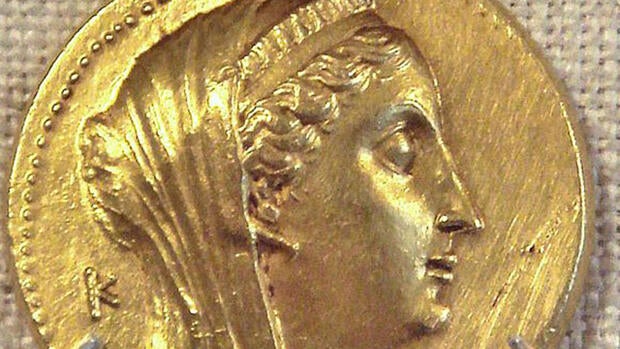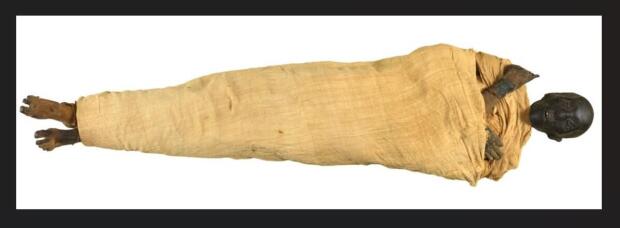
Egypt announces first discovery of a royal tomb since King Tutankhamun’s was found over a century ago
Egyptian officials announced Tuesday the discovery of the tomb of King Thutmose II, the last of the lost tombs of the kings of ancient Egypt’s Eighteenth Dynasty, which reigned for over two centuries between about 1550 BC and 1292 BC. It’s the first royal Egyptian tomb to be discovered since King Tutankhamun’s final resting place was found in 1922.
A joint Egyptian-British archaeological mission discovered Thutmose II’s tomb in the mount of Thebes area, west of Luxor and the renowned Valley of the Kings. The team and the Egyptian Ministry of Tourism and Antiquities, which made the announcement, said evidence was discovered that clearly indicates it was King Thutmose II’s tomb during excavations of what had previously been known only as tomb No. C4.
The entrance and main passage into the structure were discovered in 2022, and internal excavations have continued meticulously since then.
Dr. Mohamed Ismail Khaled, Secretary-General of Egypt’s Supreme Council of Antiquities, said when the mission first found the entrance to the tomb and its main passage almost three years ago, the team believed it could belong to one of the wives of the kings, given its proximity to the tomb of the wives of King Thutmose III and its proximity to the tomb of Queen Hatshepsut, which was prepared for her as a royal wife before she became ruler of the ancient kingdom. She ended up being buried in the Valley of the Kings, due to her ascent to the throne.
Evidence of New Female Pharaoh 11 photos
As the excavation work and examination of artifacts continued, the mission found new evidence that identified the owner of the mysterious tomb as King Thutmose II, suggesting also that his burial rites were carried out by Queen Hatshepsut, who was his wife and half-sister.
Khaled said parts of alabaster vessels found in the ruins have inscriptions bearing the name of King Thutmose II and identifying him as the “deceased king,” along with the name of his wife, Hatshepsut, all of which he said had helped to confirm Thutmose II as the owner of the tomb.
He described the discovery as one of the most important archaeological finds in recent years. The artifacts discovered are important additions to the body of knowledge around the history of the area and the reign of King Thutmose II.
Courtesy of the National Museum of Egyptian Civilization
The mummy of King Thutmose II was discovered during the 19th century, not far away at another archaeological site known as the Deir el-Bahari Cachette, to which the it was likely moved centuries after being looted by tomb raiders, according to the relatively new National Museum of Egyptian Civilization. His mummy is now on display, among those of other ancient royals, at the museum.
The tomb is in a poor state of preservation due largely to exposure to floods shortly after Thutmose II’s death, according to Mohamed Abdel Badie, Head of the Egyptian Antiquities Sector at the Supreme Council of Antiquities and Head of the Egyptian team that has worked on the dig. Abdel Badie said initial studies also indicate much of the original contents of the tomb were moved to another location after the ancient floods.
He said the teams had discovered mortar in the tomb with remnants of blue inscriptions and yellow stars, and some paragraphs from the book of “Imydwat,” which is one of the most important funerary books found in ancient Egyptian tombs, written to help guide the late royals through their underworld journey.
Egyptian Ministry of Tourism and Antiquities
Dr. Piers Litherland, head of the English team at the site, said the tomb is characterized by a simple architectural design typical of those chosen by the successive rulers of Egypt who came after Thutmose II.
Litherland said the mission would continue its survey work and try to determine where the rest of the contents from Thutmose II’s tomb were relocated to, and to uncover any further secrets that may have been locked beneath the earth for millennia.
Ahmed Shawkat
Source: cbsnews.com

